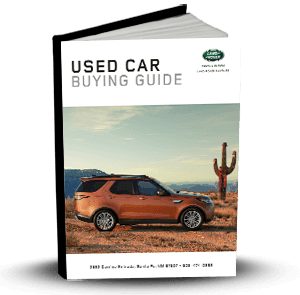Index Surge: Amplifying Your Insights
Stay updated with the latest trends and news across various industries.
How to Spot a Lemon Before It’s Too Late
Discover the secret signs of a lemon before you buy! Don't get stuck with a bad deal—learn how to spot trouble early!
Top 10 Signs You're Buying a Lemon: How to Avoid Costly Mistakes
Buying a used car can be a daunting experience, especially if you're not familiar with the signs that indicate you might be purchasing a lemon. Here are the top 10 signs to look out for:
- Unusual odors inside the vehicle, which can indicate interior problems.
- Misaligned body panels that suggest previous accidents.
- Rust or corrosion in unexpected places.
- A check engine light that won’t turn off.
- Sketchy vehicle history reports highlighting past issues.
- Unexplained noises when driving, especially from the engine.
- Low fluid levels that aren't consistent with mileage.
- Unreliable or inconsistent maintenance records.
- Excessive wear and tear on the interior for the vehicle's age.
- A patched up or poorly repaired exterior that raises red flags.
Being informed about these costly mistakes is crucial in making a sound decision. If you notice any of these signs, it's wise to proceed with caution and seek assistance from a trusted mechanic or second opinion. Remember, purchasing a car should be a thrilling experience and knowing how to avoid buying a lemon will ensure that you drive away confidently. Trust your instincts and don’t rush the process; a little due diligence can save you a lot of headaches down the road.

What to Look for When Inspecting a Used Car: A Lemon Buyer’s Guide
When inspecting a used car, it's essential to conduct a thorough inspection to avoid the dreaded lemon. Start by checking the exterior for any signs of damage or rust. Look for inconsistencies in paint that may indicate previous repairs. Additionally, inspect the tires for even wear and adequate tread depth; uneven wear can signal alignment or suspension issues. Don’t forget to examine the interior for any lingering odors, which could indicate water damage or mold, and ensure that all electronics such as windows, locks, and infotainment systems are functioning properly.
Next, assess the vehicle history by obtaining a VIN check, which can reveal past accidents, title issues, or odometer discrepancies. It's also a smart idea to take the car for a test drive; pay attention to the sound of the engine, brakes, and any unusual vibrations. If possible, consider having a trusted mechanic perform a thorough inspection before making a purchase. This cautious approach can save you from unexpected repairs and help you avoid getting stuck with a lemon.
Common Red Flags in Used Cars: How to Spot a Lemon Before You Buy
When shopping for a used car, it's crucial to be aware of the common red flags that may indicate you're about to purchase a lemon. Some of the most significant warning signs include a vehicle history report that reveals multiple accidents, a title that shows salvage or flood damage, and an odometer reading that seems too good to be true for the car's age. Additionally, pay attention to the seller's behavior; if they are unwilling to allow a pre-purchase inspection or seem evasive about answering your questions, these could be indicators of deeper issues.
Another area of concern is the condition of the vehicle itself. Inspect the exterior for common red flags such as mismatched paint, rust spots, or uneven gaps between panels, which could suggest previous bodywork. Inside the car, check for any unusual smells, such as mold or burnt oil, as well as signs of excessive wear on the steering wheel and pedals. If the test drive reveals strange noises or difficulty shifting gears, it might be best to walk away. By remaining vigilant and attentive, you can significantly reduce the risk of buying a used car that turns out to be a lemon.